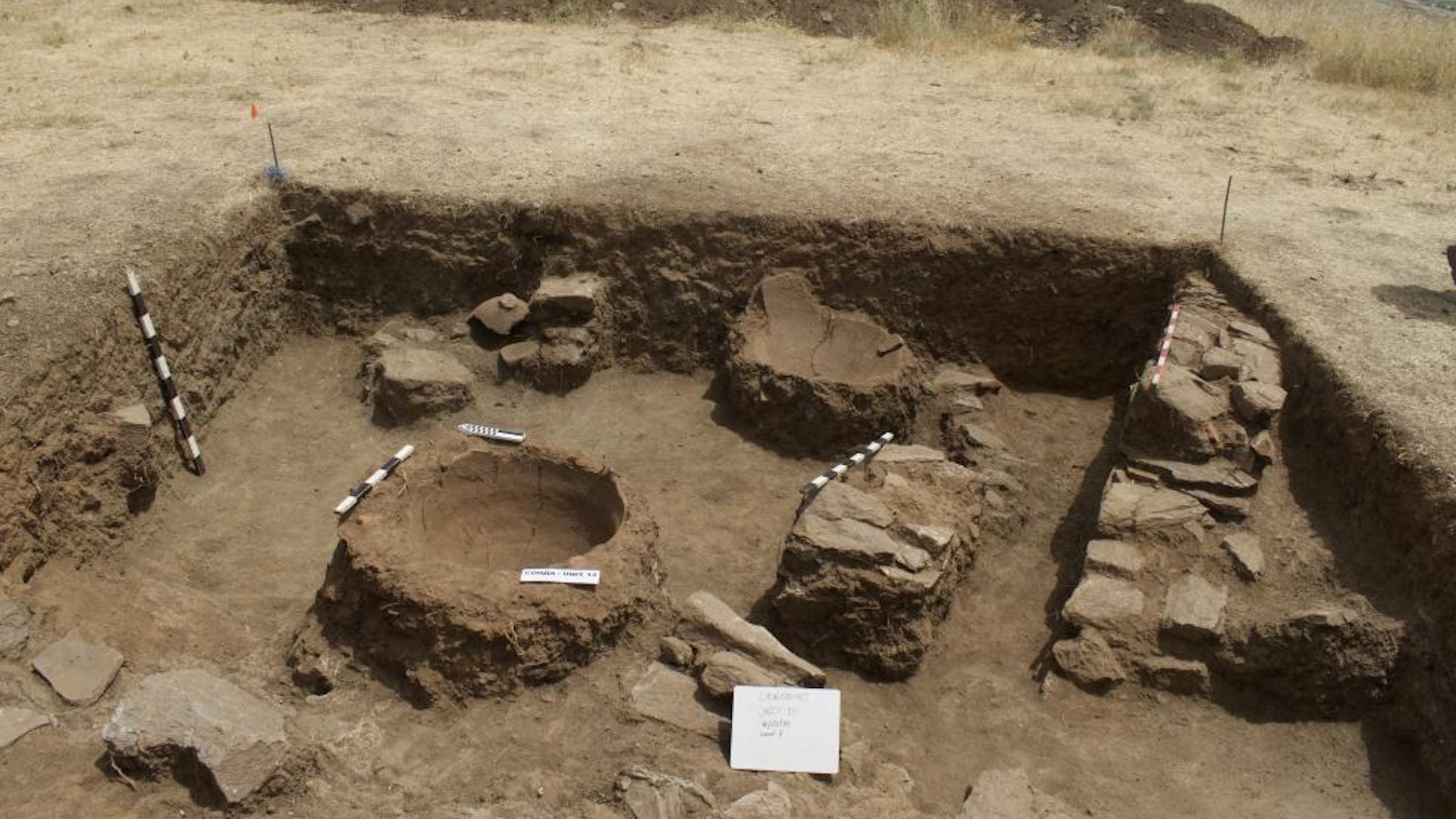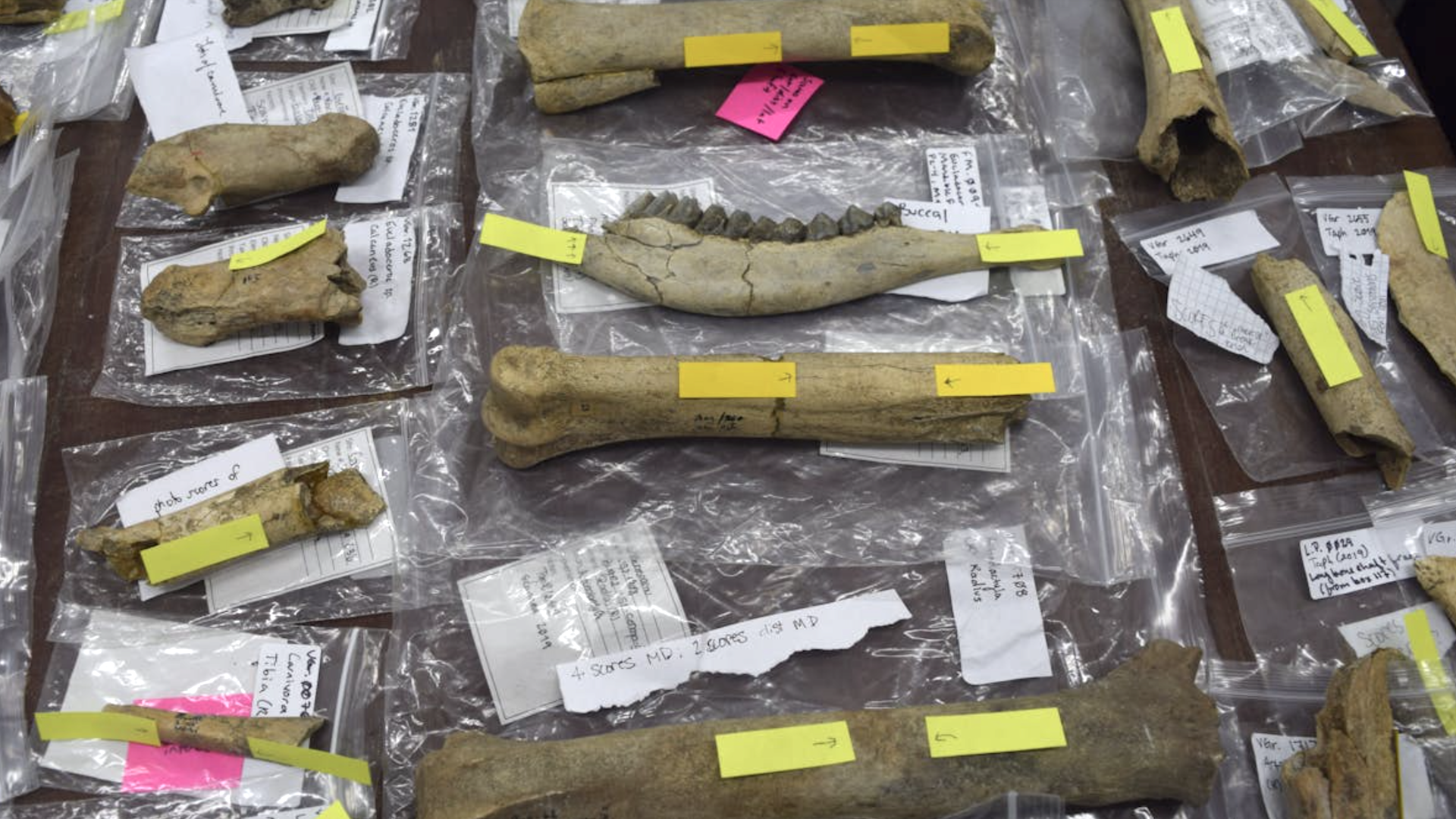San Diego Pandas Get a Snow Day

There was snow in San Diego this week — well, at least for a lucky group of giant pandas.
Over 15 tons of shaved ice were blown into the San Diego Zoo's panda exhibit Tuesday morning (March 19) to give the endangered bears a chance to play in the powder they would experience in their natural habitat.
The snow day was a first for Xiao Liwu — or "Mr. Wu," as keepers have taken to calling him. The charismatic cub was born over the summer to panda mom Bai Yun, who was making "snow pandas" on Tuesday while Xiao Liwu climbed on top of her.
"Xiao Liwu was jumping on Mom, wrestling with her and getting used to being thrown in the snow by mama bear," Jennifer Becerra, San Diego Zoo senior keeper, said in a statement. "He was definitely enjoying the snow and running around. I've never seen him so wired up."

Xiao Liwu, whose name means "Little Gift," was the sixth cub born to Bai Yun ("White Cloud"). All the San Diego Zoo giant pandas are on a research loan from China, as part of a long-term captive breeding program. (Four of Xiao Liwu's siblings have already been moved from California to China.)
Today there are 44 giant pandas living in zoos outside of China, where the bears' only current natural home exists. As just 1,600 pandas are thought to be left in the wild, researchers maintain that captive breeding is an important way study and conserve the endangered species. In addition to habitat loss from human activities and low reproductive rates, giant pandas' survival is also threatened by climate change. A study released in the journal Nature Climate Change last year found that global warming could wipe out much of the bears' chief food source, bamboo, over the next century.
We're also on Facebook & Google+. Original article on LiveScience.com
Sign up for the Live Science daily newsletter now
Get the world’s most fascinating discoveries delivered straight to your inbox.











